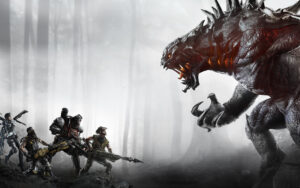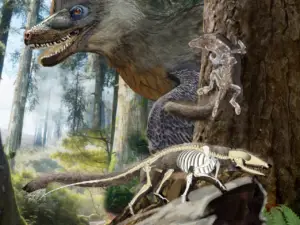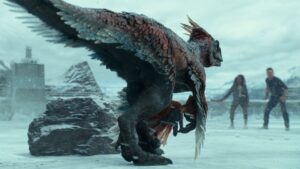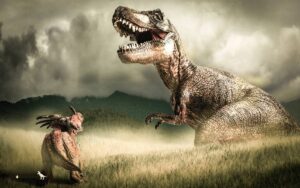How Does a Dinosaur Say Hello? Unraveling Prehistoric Sounds
Dinosaurs likely communicated with a variety of sounds, from roars to bellows. Our understanding of these prehistoric vocalizations stems from studying living relatives and fossil evidence.
Uncovering how dinosaurs might have said hello immerses us in the mysteries of prehistoric communication.
Scientists infer these ancient sounds by examining the closest living relatives of dinosaurs: birds and reptiles.
The resonance chambers in dinosaur fossils, such as the paranasal sinuses and the shape of their skulls, also provide clues.
Vocal communication likely played a crucial role in dinosaurs’ social interactions, possibly involving intricate calls and responses akin to those of modern-day birds and reptiles.
The exploration into prehistoric echoes is a blend of paleontology, comparative anatomy, and bioacoustics, offering a glimpse into the behavior and evolution of dinosaurs.
This inquiry not only satisfies our curiosity about these majestic creatures but also enhances our understanding of animal communication as a whole.
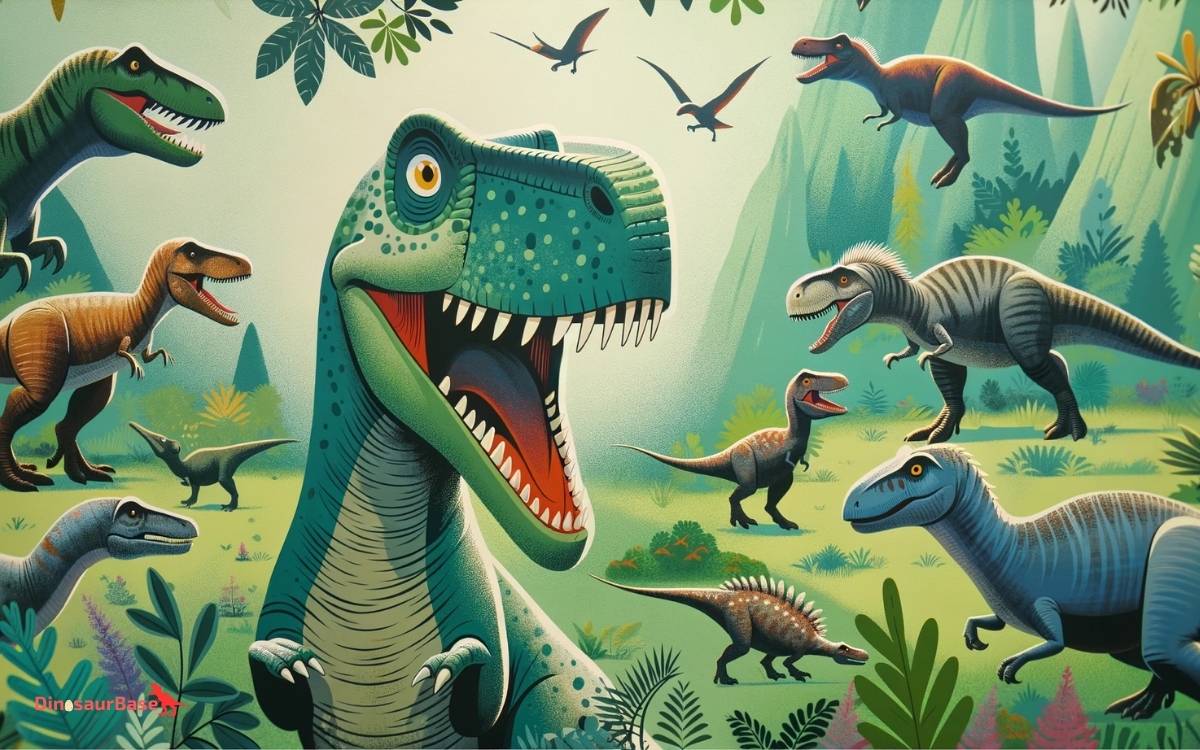
The Quest For Dinosaur Communication
Imagine dinosaurs in their prime, but what sounds did they make? Scientists explore ancient echoes to find out just how a dinosaur would say hello.
This quest involves digging deep into prehistoric clues and studying fossilized evidence.
Join us as we journey back millions of years and piece together the puzzle of dinosaur communication.
Piecing Together Fossil Clues
The detective work begins with fossils.
They don’t record sound, but they offer hints.
Scientists examine everything from skull shapes to possible voice box remnants.
- Skeleton configurations suggest posture and sound projection.
- Teeth patterns can hint at mouth movements during vocalization.
- Cranial crests or hollows may have been resonating chambers.
Next, computer models transform these physical clues into auditory simulations.
These sounds are then compared against modern animals.
Dinosaurs’ closest living relatives, birds and reptiles, give sound production insights.
Anatomy Of Dinosaur Vocalization
Understanding dino sounds involves knowing their anatomy. Air-filled cavities and vocal cords were critical in voice-making.
| Dinosaur Part | Role in Sound |
|---|---|
| Skull | Might reveal nasal passages and echo features. |
| Neck Vertebrae | Shows potential range of motion for sound projection. |
| Syrinx (if present) | The bird-like structure for complex sounds. |
Some scientists focus on the larynx.These dinosaurs may have used it like crocodiles, emitting deep rumbles.
Others study birds’ syrinxes, leading to theories of more advanced vocalizations.
All together, these parts paint a picture of diverse dinosaur voices, as varied as the dinosaurs themselves.
Voice From The Depths Of Time
The Voice from the Depths of Time whispers to our imaginations, beckoning us to explore how dinosaurs might have sounded millions of years ago.
Scientists use clues from fossil remains to recreate these ancient calls. Imagine hearing a sound that hasn’t been uttered in 66 million years!
Recreating Sounds From Bone Structures
To unlock prehistoric vocalizations, experts examine dinosaur skulls. They study the shape and size of nasal passages and brain cavities.
Just like wind instruments, these features influence sound. It’s like piecing together a biological puzzle to play a symphony from the past.
- Skull and Sinus Analysis: specifics on structure inform sound hypotheses.
- Computer Models: simulate airflow and potential noises.
- Reconstructed Vocal Tracts: physical models create tangible roars.
Modern Analogues & Scientific Inference
Scientists turn to living creatures for clues. Birds are dinosaurs’ closest living relatives. Alligators and crocodiles have ancient lineages too. These animals help us infer what noises their prehistoric cousins might have made.
| Modern Animal | Insight Provided |
|---|---|
| Birds | Vocalizing via syrinx hints at dinosaur sounds. |
| Alligators/Crocodiles | Deep bellows suggest possible dinosaur calls. |
By merging fossil evidence with observations of today’s animals, a hypothesis is born. Each discovery is a step closer to hearing a dinosaur say hello—a voice from the depths of time reaching out to greet us.
Paleoacoustics: The Sound Of Prehistory
Imagine walking through an ancient forest. You hear a thunderous roar. Is it a Tyrannosaurus rex greeting or a distant rumble? Thanks to paleoacoustics, we may one day hear the sounds that filled prehistoric landscapes.
Paleoacoustics is the study of the sounds that ancient creatures made. It brings us closer to understanding their lives.
The Role Of Bioacoustics In Understanding Dinosaurs
Dinosaurs lived millions of years ago. Scientists use bioacoustics to make educated guesses about the sounds they made. They look at fossil evidence, such as the shape of dinosaur skulls and the environment they lived in.
- Fossil records help indicate dinosaur behavior.
- Skull and bone structures provide clues to how they might have communicated.
- Environmental factors influence the way sounds travel.
Technological Advances In Paleoacoustics
Technology helps us to imagine the soundscapes of the ancient world. Powerful computers can now simulate dinosaur vocalizations.
Advanced software allows scientists to create 3D models from fossils. These models can predict how dinosaurs might have sounded.
| Technology | Use in Paleoacoustics |
|---|---|
| CT Scans | Analyze internal structures of fossils |
| 3D Modelling | Create visual and audible predictions of dinosaurs |
| Acoustic Software | Simulate sound transmission through various media |
Combined, these technologies give scientists a clearer picture of the sounds that once echoed through Earth’s ancient habitats.
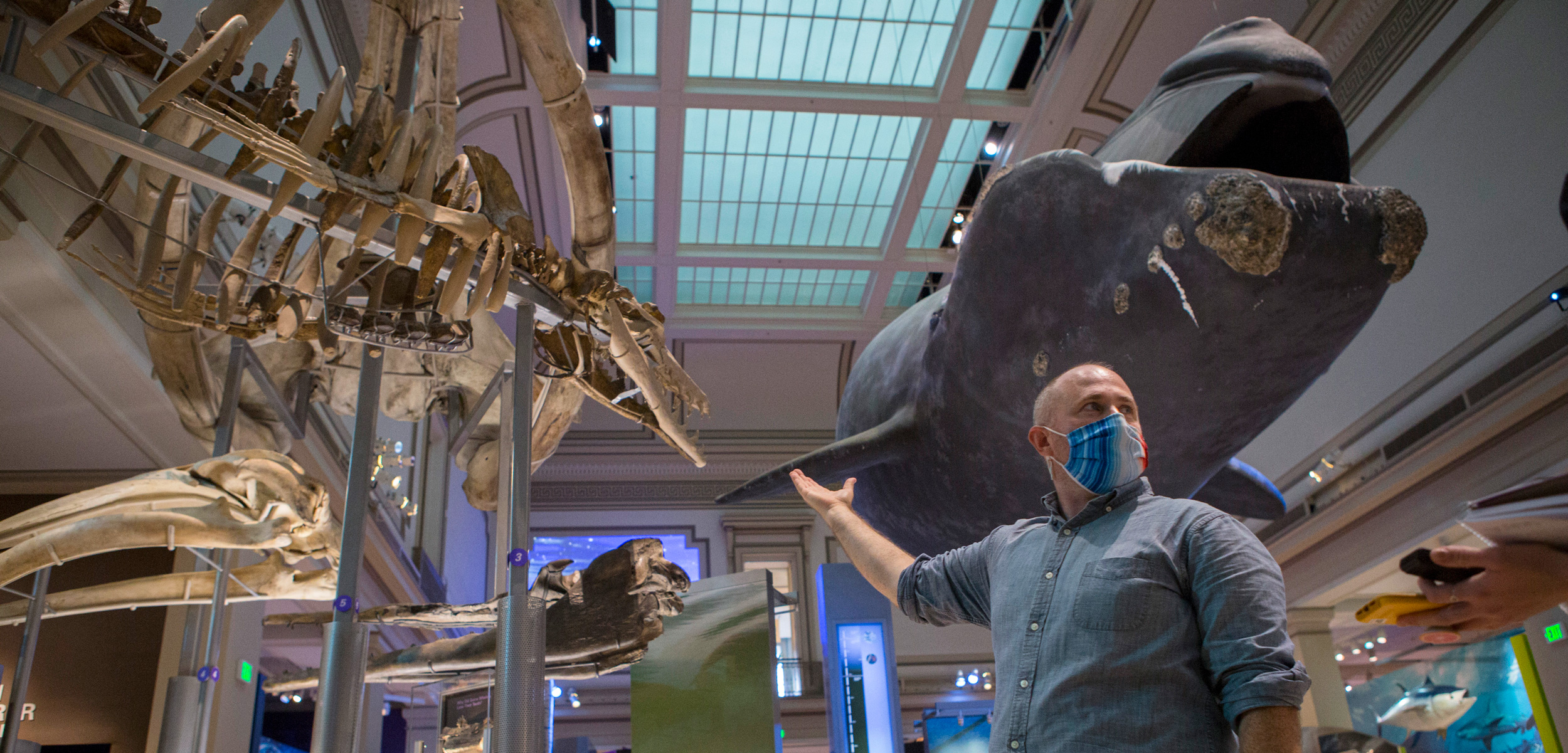
Credit: hakaimagazine.com
Social Creatures: The Purpose Of Dinosaur Communication
Dinosaurs were not silent giants. They lived in a world where communication was key to survival. Like birds and reptiles today, prehistoric sounds played a vital role in their lives.
These sounds could signal danger, find a mate, or even strengthen social bonds. Let’s explore the intriguing possibility of dinosaur communication.
Insights Into Dinosaur Social Behavior
Dinosaurs gathered in groups. They hunted together. They raised their young. These behaviors suggest they communicated regularly.
We see similar patterns in animals today. Birds sing. Wolves howl. These sounds keep groups together and organized.
- Fossil evidence hints at social behavior
- Footprints show group movement
- Nests indicate communal living
The Possible Language Of Dinosaurs
Imagine the sounds that filled the prehistoric air. Low rumbles of giant sauropods. Sharp calls of fierce raptors. The ‘language’ of dinosaurs could have had various elements:
| Sound | Purpose |
|---|---|
| Roars | To establish territory |
| Clicks or Humming | For close-range communication |
| Calls | To signal others over long distances |
Pitch and volume could convey messages. Soft sounds might soothe offspring. Loud cries might warn of predators. Each species may have had its own set of sounds, a unique sonic signature.
Dinosaur Dialogues In Popular Culture
The mighty creatures that once roamed our planet have always intrigued us. From books to big screens, dinosaurs have found a place in our hearts.
Dinosaur dialogues in popular culture capture our imagination and transport us back to a time when these giants ruled the Earth. Let’s dive into the sounds they might have made and how they echo through our media today.
Hollywood’s Take On Dinosaur Roars
Hollywood has given dinosaurs a voice that resonates in the minds of movie-goers worldwide. The iconic roars in movies, like those in “Jurassic Park”, were crafted from a mix of animal sounds to stir excitement and fear.
Even though we don’t know exactly what dinosaurs sounded like, these cinematic sounds have become the signature for prehistoric calls.
Sound designers often combine vocals from different species, such as lions, elephants, and alligators, to create a dramatic and powerful roar.
Movie roars are less about accuracy and more about captivating the audience. They blend creativity with science to produce memorable moments.
Educational Media And Sound Accuracy
When it comes to teaching, the goal is to get as close to accuracy as possible. Educational shows and documentaries often consult with paleontologists to make dinosaur sounds plausible.
They focus on the latest research, including the anatomy of dinosaur fossils, to speculate on their vocalizations.
Shows like “Walking with Dinosaurs” and “Planet Dinosaur” take a more scientific approach in creating dinosaur sounds.
They examine fossilized evidence of the dinosaur’s environment, behavior, and likely sound-making capabilities. The media here endeavors to educate while still engaging the audience.
Both Hollywood and educational media have shaped our perception of dinosaur communication. Each has its place, one in entertaining the public, the other in enlightening minds.
Together, they ensure that the ancient, though silent, dinosaurs continue to speak volumes in our imaginations.
Future Frontiers In Dinosaur Communication Research
Imagine stepping back in time and hearing a real dinosaur greeting. Scientists work hard to understand these ancient sounds.
The journey into prehistoric communication is filled with mystery, but as we move forward, new methods may unlock secrets from millions of years ago.
Challenges And Potential Breakthroughs
Researching dinosaur communication faces big hurdles. Soft tissues, like vocal cords, don’t fossilize well. It’s tough to recreate sounds without them.
Experts use bird and reptile sounds for clues. Birds are modern dinosaurs’ cousins. New tech brings hope for significant advances.
Computer models can simulate how dinosaur airways worked. This could let us hear a dinosaur’s voice for the first time.
- Using bird sound studies to guide assumptions
- Developing advanced computer simulations
- Analyzing fossilized skulls for vocal tract hints
- Investigating resonance in dinos’ environments
Interdisciplinary Studies And New Discoveries
Dinosaur communication research is a team game. Scientists from different fields come together to find answers. Paleontologists work with sound engineers and computer scientists.
They look at fossils in new ways. Computer tomography (CT) scans help them see inside bones. They can build better models of how dinosaurs might sound. Every discovery can change what we think about these ancient creatures.
| Expert Area | Contribution to Dinosaur Communication |
|---|---|
| Palaeontology | Fossil analysis for physical structures |
| Acoustics | Understanding how sound travels |
| Computer Science | Developing simulations for sound reconstruction |
This teamwork leads to exciting findings that get us closer to hearing a dinosaur say hello.
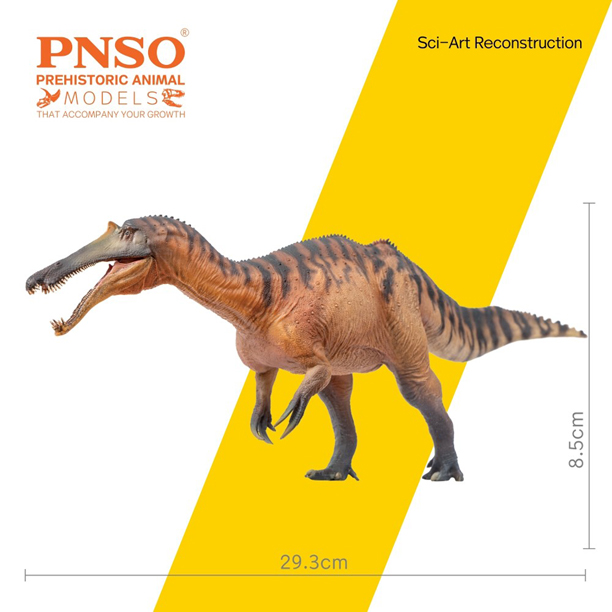
Credit: blog.everythingdinosaur.com
Frequently Asked Questions Of How Does A Dinosaur Say Hello? Unraveling Prehistoric Sounds
How Dinosaurs Say Hello?
Dinosaurs didn’t greet like humans but may have communicated through sounds, visual displays, or physical gestures. Their exact “hello” remains a mystery to us.
What Is The Sound Of Dinosaur Called?
A dinosaur’s sound is often referred to as a roar, bellow, or rumble. These descriptions stem from scientific speculation and popular media.
How Do Dinosaurs Say Goodbye Read-aloud?
“Dinosaurs Say Goodbye” is enjoyed as a read-aloud by narrating the story aloud, engaging children with dinosaur-themed farewells. It encourages fun interaction and learning during storytime.
How Do The Dinosaurs Say Goodnight?
Dinosaurs cannot say goodnight as they are extinct. In storytelling, they might mimic human behavior by roaring softly or nestling into their sleeping spots.
Conclusion
As we’ve explored, the voices of dinosaurs remain an intriguing mystery. Research continues to piece together their communicative past.
Until science can fully decode these ancient sounds, our imaginations must bridge the gaps. Embrace the wonder as you ponder a dinosaur’s greeting—echoing through time.
Keep listening, the past has much to reveal.


